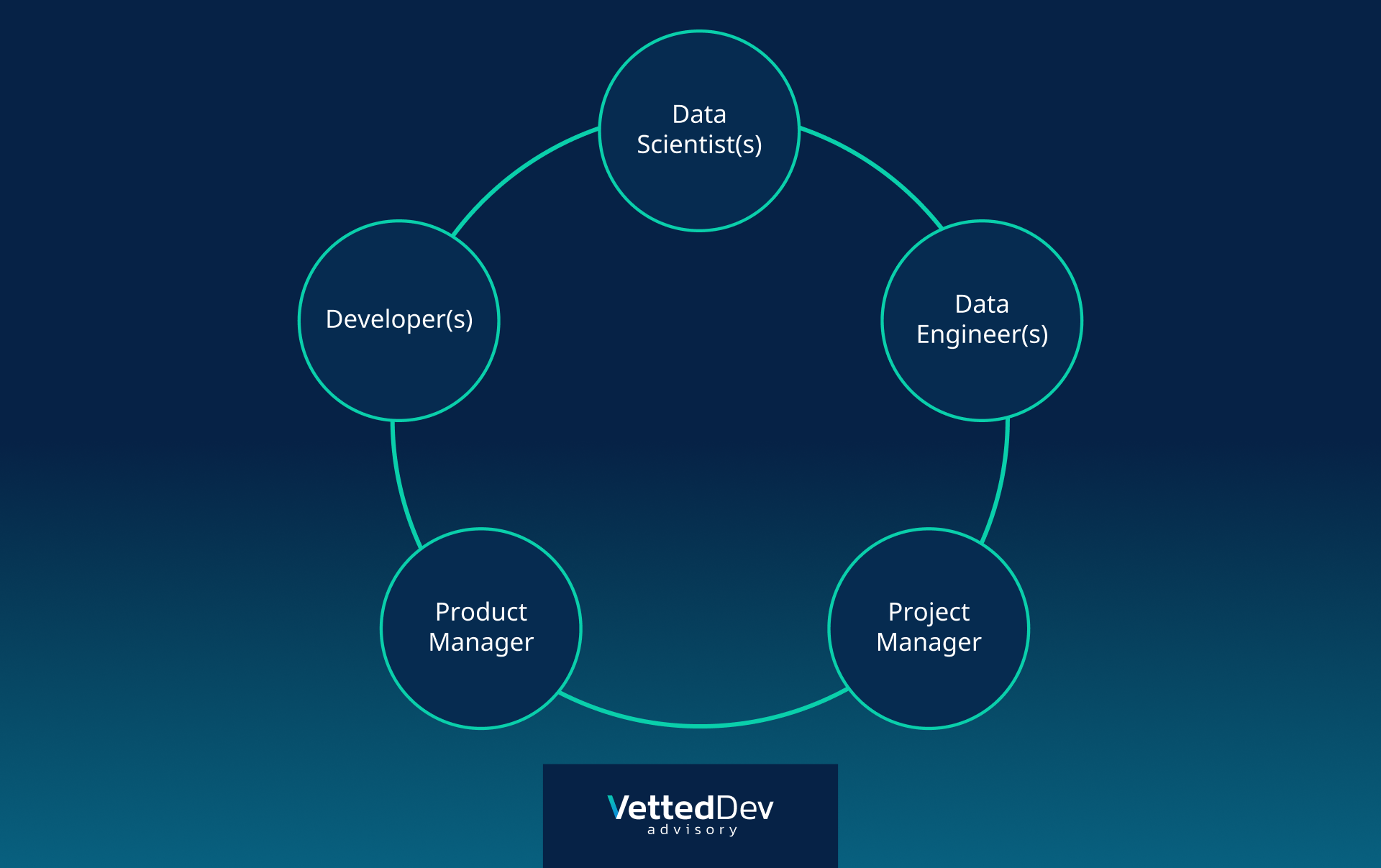Integrating AI into Your Existing Product: Challenges and Solutions
Artificial Intelligence (AI) is no longer a futuristic ambition. It’s a present-day imperative for businesses seeking to stay competitive and innovative. Yet, integrating AI into existing products isn’t as simple as plugging in a model and reaping instant benefits. It involves a nuanced understanding of technical, infrastructural, and organizational challenges. In this article, we’ll explore the most common hurdles in AI integration and practical solutions to help you navigate this complex journey.
If you’re looking for experienced guidance, services like AI Development Vendor Matching can streamline the process by connecting you with trusted development partners.
1. The Data Quality Dilemma
The Challenge: AI systems are only as good as the data they are trained on. One of the biggest barriers to AI integration is the lack of structured, clean, and labeled data within organizations. Many companies find their data scattered across siloed systems, poorly labeled, or incomplete.
The Solution: Start with a comprehensive data audit. Identify key data sources, and establish pipelines to consolidate and clean this data. Investing in data engineering and using tools like data lakes, ETL pipelines, and schema enforcement can significantly improve data quality. If structured data is lacking, consider starting with a human-in-the-loop approach to gradually build annotated datasets.

2. Deployment Complexity
The Challenge: Deploying AI models into production environments often reveals gaps between data science and DevOps. Issues like model drift, versioning, scalability, and monitoring are frequently overlooked.
The Solution: Adopt MLOps practices. Tools like MLflow, Kubeflow, and DVC can help manage the lifecycle of AI models, from training to deployment and monitoring. Integrate model versioning and performance tracking into your CI/CD pipelines to ensure that updates are seamless and models remain reliable over time.
3. Privacy and Security Concerns
The Challenge: With increasing regulatory scrutiny (GDPR, CCPA, etc.), protecting user data has never been more critical. Many businesses are concerned about using AI models that require sensitive information, especially when considering public cloud services.
The Solution: Choose the right infrastructure based on your risk profile:
- Public Cloud (AWS, GCP, Azure): Offers scalability and access to cutting-edge tools but may raise compliance issues.
- Semi-Public Solutions: Use hybrid architectures where sensitive data stays on-premises, while less critical workloads run in the cloud.
Private Servers: Suitable for industries like healthcare or finance where data privacy is paramount. Technologies like Federated Learning and Differential Privacy can further enhance data protection.

4. Cost and ROI Concerns
The Challenge: AI initiatives can be expensive, particularly in the short term. From cloud infrastructure to data engineering and talent acquisition, the costs can add up quickly. Measuring ROI is another often nebulous task.
The Solution: Start small. Run pilots focused on specific use cases that promise measurable outcomes (e.g., fraud detection, recommendation systems). Use A/B testing to validate performance improvements. Build a clear business case with estimated ROI before scaling. Cloud cost calculators and open-source tools can help estimate and control operational expenses.
5. Talent and Organizational Readiness
The Challenge: Integrating AI requires cross-functional expertise across product, engineering, and data science teams. Many organizations struggle to bridge these gaps.
The Solution: Invest in upskilling internal teams and fostering a culture of collaboration. Consider partnering with external AI consultants or vendors to jump-start projects. Establish clear roles and workflows where product owners, engineers, and data scientists can co-create solutions.

Final Thoughts
AI integration is not a plug-and-play proposition. It requires intentional planning, collaboration, and iteration. By addressing data quality, deployment infrastructure, privacy, cost, and organizational alignment, businesses can turn AI from a buzzword into a value-generating engine. Start small, stay agile, and grow with confidence.
For more insights on finding the right outsourcing partner? Visit VettedDev.net for guides, tips, and curated recommendations.
